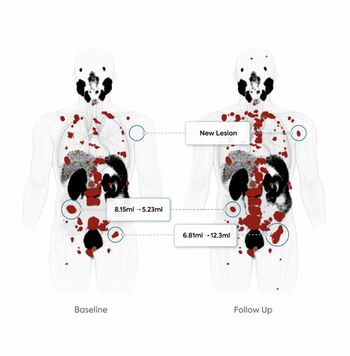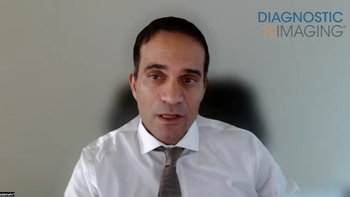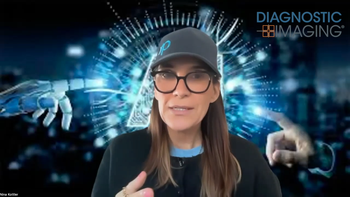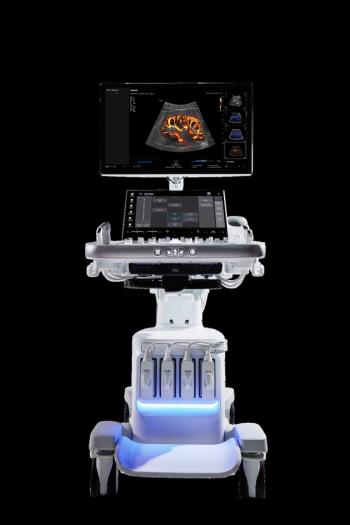
Image Gently campaign launches interventional radiology phase
Interventional radiology providers in the U.S. and abroad will be asked to remember something simple but fairly important when caring for pediatric patients from now on: Step lightly.
Interventional radiology providers in the U.S. and abroad will be asked to remember something simple but fairly important when caring for pediatric patients from now on: Step lightly.
The Alliance for Radiation Safety in Pediatric Imaging has expanded its Image Gently campaign to include interventional radiology, building upon previous efforts to raise awareness of the need to reduce radiation exposure from medical imaging.
In March, a report by the National Council on Radiation Protection and Measurements blamed medical imaging for more than half of the overall exposure to ionizing radiation in the U.S. The amount of radiation exposure from imaging had climbed 600% between the 1980s and 2006, the NCRP report said. It also identified interventional radiology procedures as the third largest contributor after CT and nuclear medicine.
Accounting for almost a fifth of all the imaging-based ionizing radiation in the USA, interventional radiology deserved attention, said Dr. Manrita Sidhu, a clinical assistant professor of radiology at the University of Washington in Seattle, who leads the alliance’s IR effort.
Many interventional procedures, such as IV/catheter access lines or even biopsies, do not expose pediatric patients to high doses of radiation. However, the concern grows when considering that many children now undergo multiple procedures over their lifetime, which increases their risk from cumulative exposure. That alone justified expanding the Image Gently campaign’s next phase into IR, Sidhu said.
“For some children it can end up being an important source of radiation,” she said.
The alliance developed a number of tools to aid providers achieve Image Gently goals, all available
- take time out: stop and child size the technique
- step lightly on the fluoroscopy pedal
- consider ultrasound or MRI guidance if possible
Medical physicists have a good command of dose estimation for interventional procedures. But only a few papers on its application in pediatric patients have been published. That poses a special challenge to medical physicists, who will have to come together and coordinate data gathering, said Terry T. Yoshizumi, Ph.D., an associate professor of radiology at Duke University and lead medical physicist on the IR phase of the Image Gently campaign.
Medical physicists have a good command of dose estimation. But only a few papers have been published on its application in pediatric patients, said Terry T. Yoshizumi, a medical physicist and associate professor of radiology at Duke University. That poses a special challenge to medical physicists, who will have to come together and coordinate data gathering, Yoshizumi said.
“When you are talking about one-, five-, or ten-year-old patients, radiation dose information is very scarce,” he said.
Timing also seems to be on the alliance’s side. The International Atomic Energy Agency recently published a study that found minimally-invasive IR procedures, particularly cardiology and pediatric ones, to be booming in developing countries. However, it also found radiation protection for patients is poor. The growing volume of these procedures without the proper background in health physics, radiation biology, and radiation safety reinforces the need for more radiation safety training internationally, Sidhu said.
“What we are hoping to do is have people stop and think about how to keep dose as low as possible so that we don’t cause additional problems while we’re healing these kids,” she said.
Newsletter
Stay at the forefront of radiology with the Diagnostic Imaging newsletter, delivering the latest news, clinical insights, and imaging advancements for today’s radiologists.



























